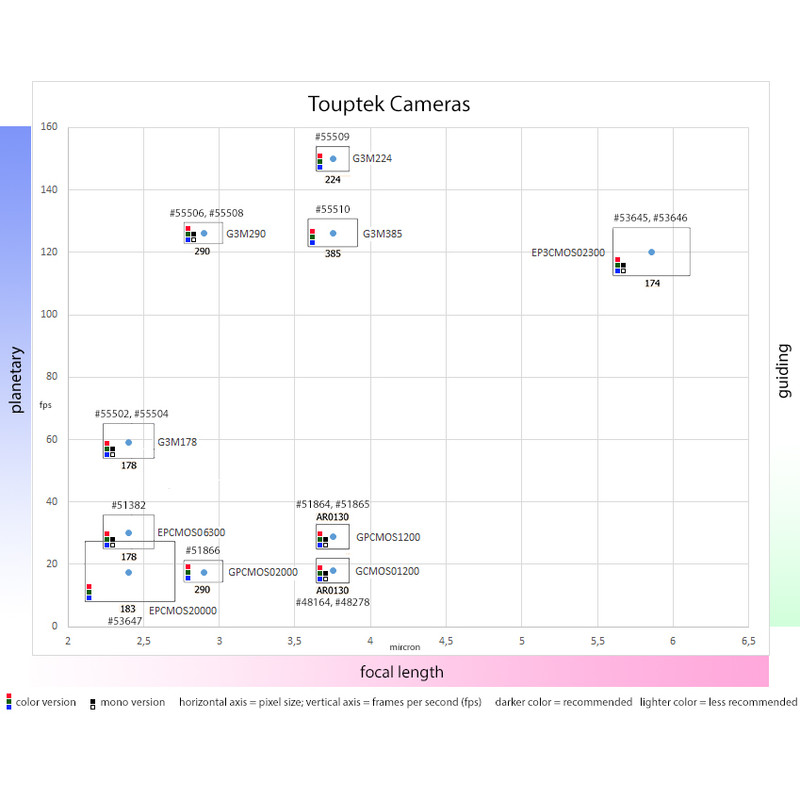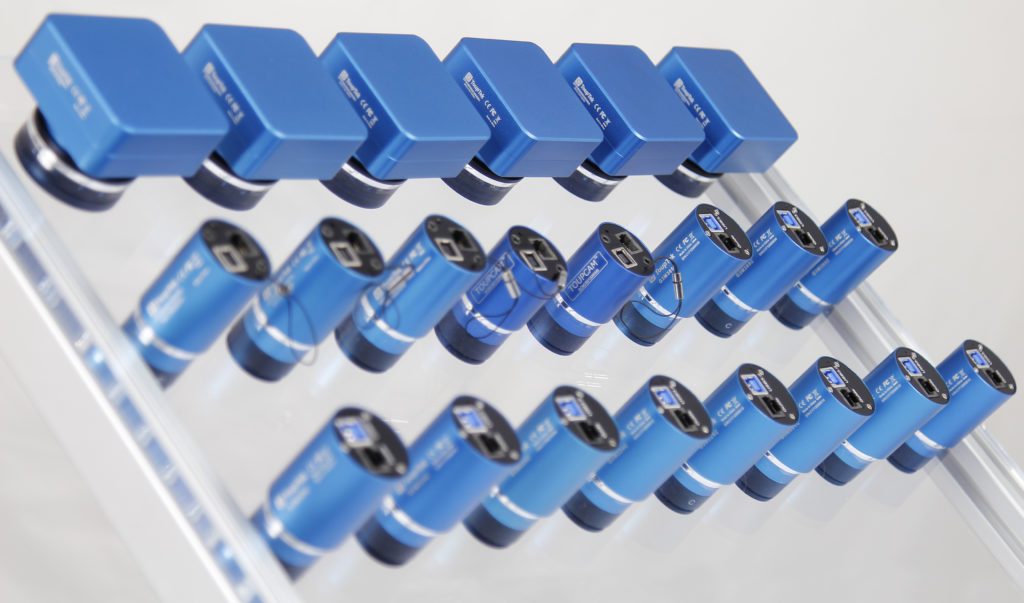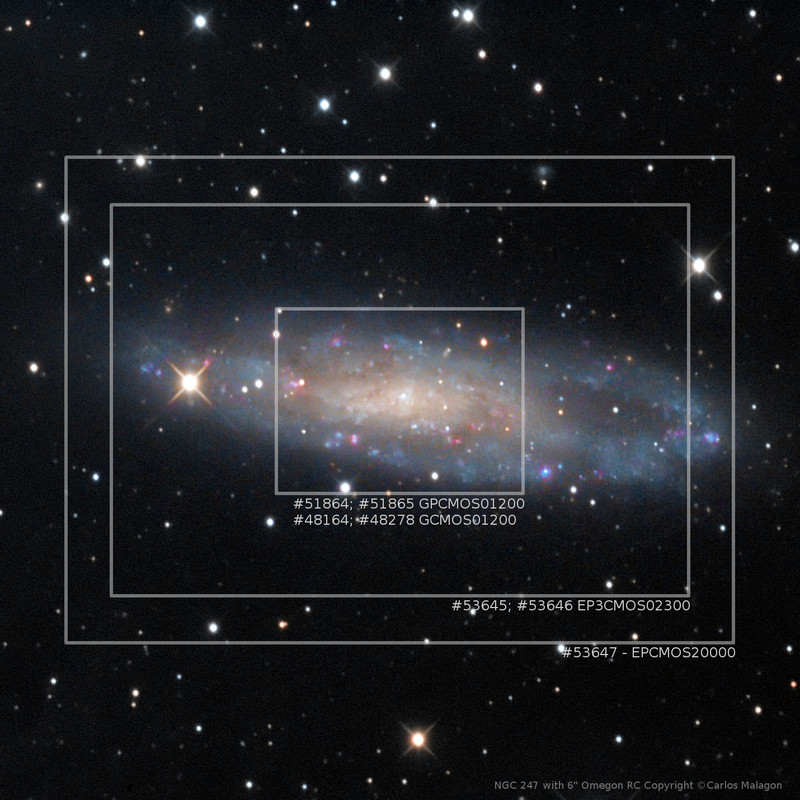Imagine the following situation: You’re looking for the right camera.
The amateur astronomer stares desperately at the hundreds of cameras on the screen. The technical data gives him a headache. Gradually he loses sight of the big picture. Which camera should he buy then? He does not want to search for ever; he just wants to take beautiful photos.
In this post, you will find two aids that will make it easier for you to quickly find the right ToupTek camera for your needs.
1. A graphic that will give you an overview
The range of cameras is constantly increasing. How can you keep track of them?
Sensor size, pixel size and resolution are just a few of the key features. And you have to compare all the cameras with each other.
But the question is: Are they suitable for planets, deep sky or only for guidance?
Isn’t there an easier way to find out? Yes, we have wondered that, too; and have found the solution for ToupTek cameras. Here is the result: A graphic for a quick overview that also offers additional information. This saves you from having to constantly click all over the place.  What can you see in this graphic?
What can you see in this graphic?
Sensor size: At a glance, you can see the sensor size of ten different cameras. The frame sizes are matched accordingly.
Article numbers: Above every sensor, there is an article number in addition to the camera name. If you are interested in a camera, you can enter the number directly into the search function in the shop.
Coloured squares: Within the frame, you can see three small coloured boxes and/or a black and white box. It is actually self-explanatory: The boxes indicate whether the camera is available in a colour and/or in a monochrome version.
Number under the sensor: the sensor name is indicated, as IMX178 or AR0130, for example.
Pixel size (micron) and frames per second (fps): The cameras have been plotted on an X/Y graph. You will be able to see immediately whether a camera has small or large pixels, and whether the number of images recorded per second is very low or very high. Sensor size, pixel size and fps: These are all important pieces of information to help you decide which camera is right for your needs.
Planetary, focal length, guiding: Three coloured bars on the edge indicate for which purpose or telescope the camera is best suited. The more colourful the bar, the better suited for the respective area. These bars will tell you immediately which cameras are suitable for you.
Example: A high frame rate is suitable for planetary images, while a very large chip is not particularly well suited for just guiding. Chip size and pixel size will give you a clue about the appropriate focal length of the telescope.
2. How do I distinguish between different sensor sizes?
The sensor sizes of Touptek cameras range from 4.8 mm x 3.6 mm up to the large 20 MP sensor which measure 13 mm x 8.7 mm.
For planet images and guiding, smaller sensors are sufficient; for large moon shots or extended deep sky hosts, there should be more field.
A presentation of the various sizes is difficult, but it is important before making a purchase. That is why we have also created a graphic for you here and projected it on an image of the Galaxy NGC247.
The various frames with product numbers are marked clearly. Much better than an explanation could do, for example, you can see how much bigger the ToupTek EP3CMOS camera20000Kpa Deep Sky Color is than the ToupTek GPCMOS1200KMB Mono Guider.
With these two graphics, you’ll be on the safe side before you make your purchase and without many hours of searching. The best thing to do is take a look at the product pages of modern ToupTek cameras.


